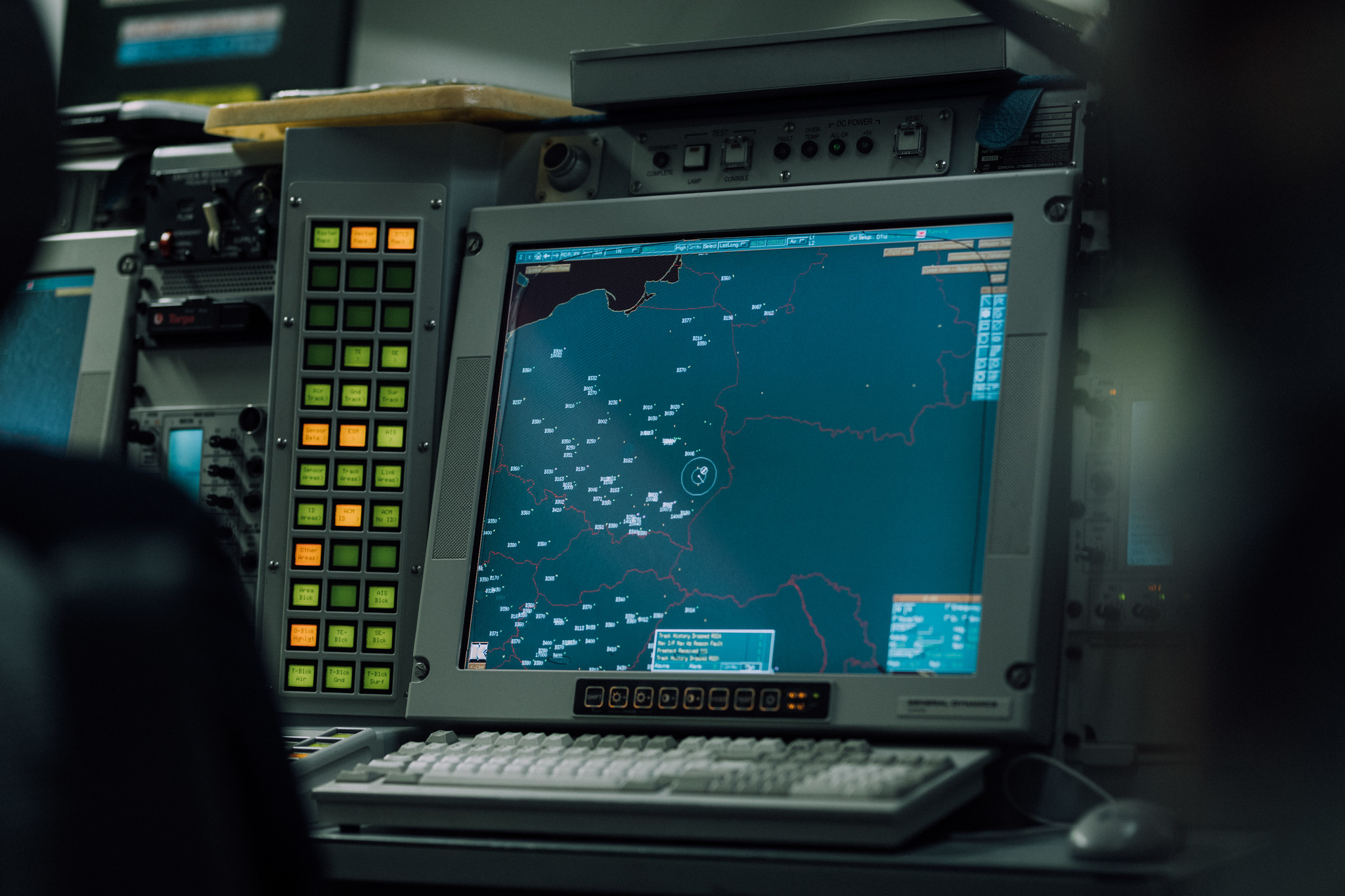
The United States military has always been at the forefront of technological innovation, constantly striving to maintain superiority in an ever-evolving global landscape. Recent advancements in technology have paved the way for groundbreaking developments in defense systems and capabilities. In this article, we delve into the latest tech advancements in the U.S. military, highlighting their potential to transform warfare, enhance national security, and safeguard the lives of military personnel.
1. Artificial Intelligence and Machine Learning:
Artificial intelligence (AI) and machine learning have emerged as game-changing technologies in the military domain. AI-powered systems can process and analyze vast amounts of data, providing valuable insights for decision-making, threat detection, and strategic planning. Machine learning algorithms enable autonomous systems, such as drones and unmanned vehicles, to adapt and learn from their surroundings, revolutionizing intelligence gathering, surveillance, and reconnaissance capabilities.
2. Cybersecurity and Information Warfare:
With the increasing reliance on digital systems and network-centric operations, cybersecurity has become a critical aspect of modern warfare. The U.S. military has been investing heavily in advanced cybersecurity technologies and techniques to protect sensitive information, critical infrastructure, and military networks from cyber threats. Additionally, the rise of information warfare has prompted the development of tools and strategies to counter disinformation campaigns and protect against cyber attacks targeting military assets.
3. Hypersonic Weapons and Defense Systems:
Hypersonic weapons, capable of traveling at speeds greater than Mach 5, are revolutionizing the military’s strike capabilities and defense systems. These ultra-fast missiles can maneuver unpredictably, making them extremely difficult to intercept. The development of hypersonic weapons allows the U.S. military to respond rapidly to emerging threats, bolstering deterrence, and strengthening national security.
4. Advanced Communication and Networking:
Modern warfare relies heavily on efficient and secure communication networks. Recent advancements in communication technologies have enabled faster and more reliable information sharing among military units, enhancing situational awareness and command and control capabilities. The integration of advanced networking systems, such as satellite communication and 5G connectivity, ensures seamless communication across various domains, including land, air, sea, and space.
5. Directed Energy Weapons and Defense Systems:
Directed energy weapons, including laser and microwave-based systems, are emerging as a new frontier in military technology. These weapons offer precise targeting, rapid engagement, and unlimited ammunition, providing a cost-effective and versatile means of defense. Directed energy systems have the potential to counter threats such as drones, missiles, and enemy projectiles, bolstering the military’s capabilities in both offensive and defensive operations.
Recent tech advancements in the U.S. military have transformed the way modern warfare is conducted. Artificial intelligence, cybersecurity, hypersonic weapons, advanced communication, and directed energy systems are revolutionizing defense capabilities, enhancing operational effectiveness, and safeguarding national security. As the technological landscape continues to evolve, the U.S. military remains committed to staying at the forefront of innovation, ensuring the readiness and effectiveness of its forces in an increasingly complex and challenging global environment.
Dil Bole Oberoi





